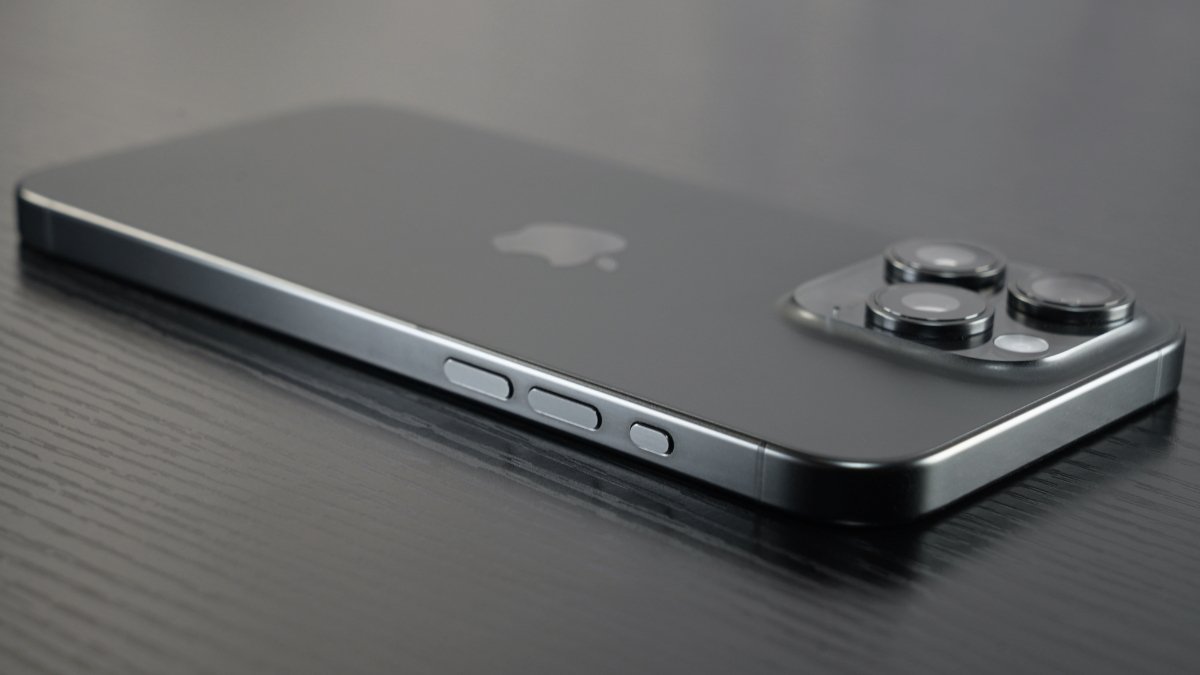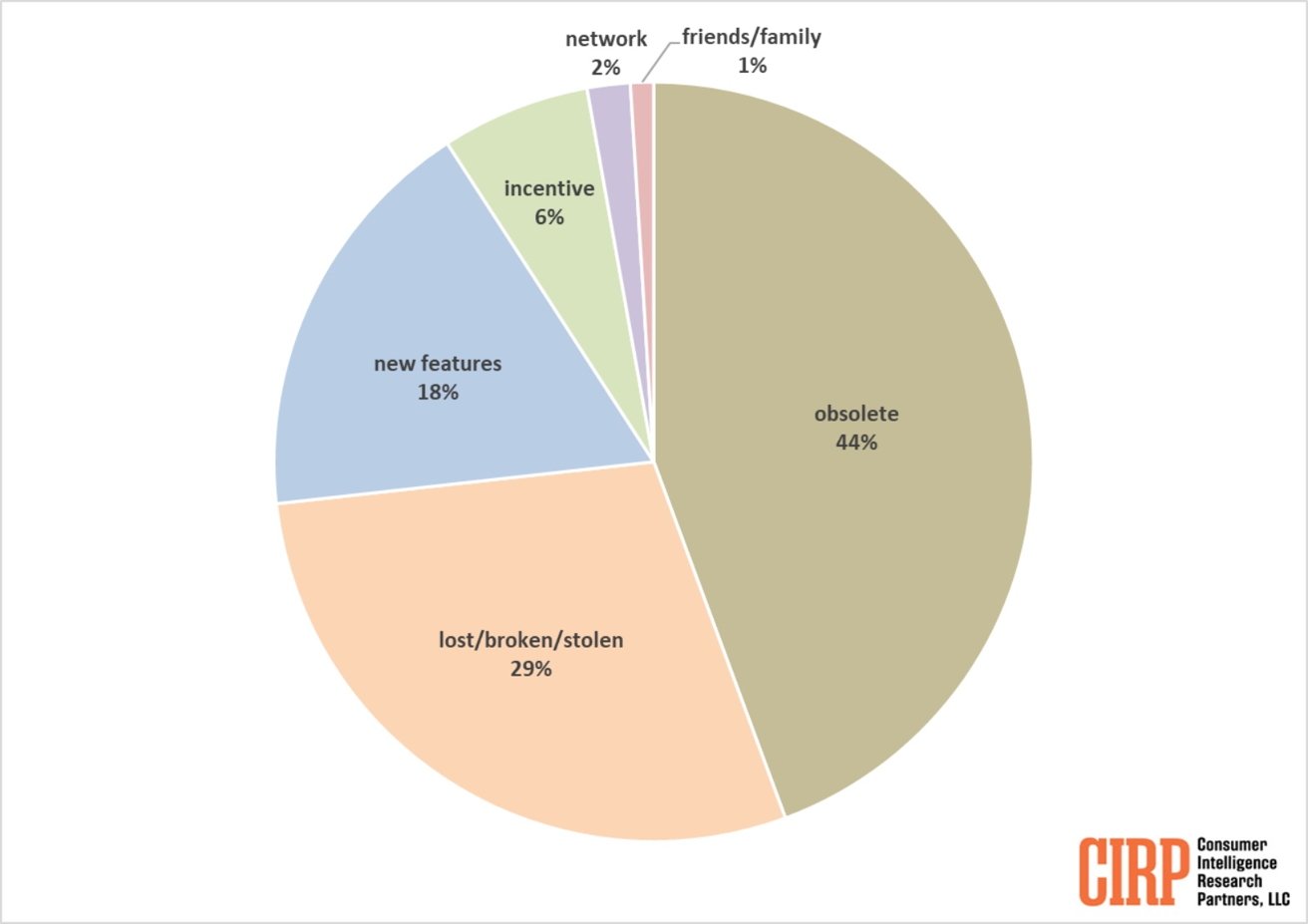As Apple gears up to unveil the iPhone 16 lineup, a new study suggests that allure of new features may no longer be the driving force behind iPhone purchases.
Historically, Apple has wowed customers with significant features that have created a surge in iPhone upgrades. From the introduction of the Retina display to the implementation of Face ID, these features have tempted users to trade in their old models.
But according to data from Consumer Intelligence Research Partners (CIRP), the current landscape looks a bit different.
When new iPhone buyers were asked why they purchased a new phone, the most common response wasn't excitement for the latest features. Instead, around 75% of respondents cited the obsolescence of their old phone or the need to replace a lost, broken, or stolen device.
For many, the decision to purchase a new iPhone is driven by the performance decline of their old device — whether it's slowing down, has a failing battery, or has other issues.
Only about 18% of customers said that new features were the main reason for their upgrade. The enthusiast group includes early adopters who are expected to be the first in line when the new iPhone 16 hits stores later in September.
However, while many users report upgrading due to obsolescence, new features play a secondary role in their decision-making process. For example, someone with an older model may wait for the release of the latest iPhone, even if their primary reason for upgrading is that their current device is no longer functioning well.
While new features aren't the main driver, they provide a valuable incentive.
"Needless to say, as always we'll see a rush of buyers for the new iPhone lineup," ponders CIRP. "The number that are drawn by the upgraded features may be the minority, however."
Rumors that the iPhone 16 lineup may face price increases could put a damper on sales though.

